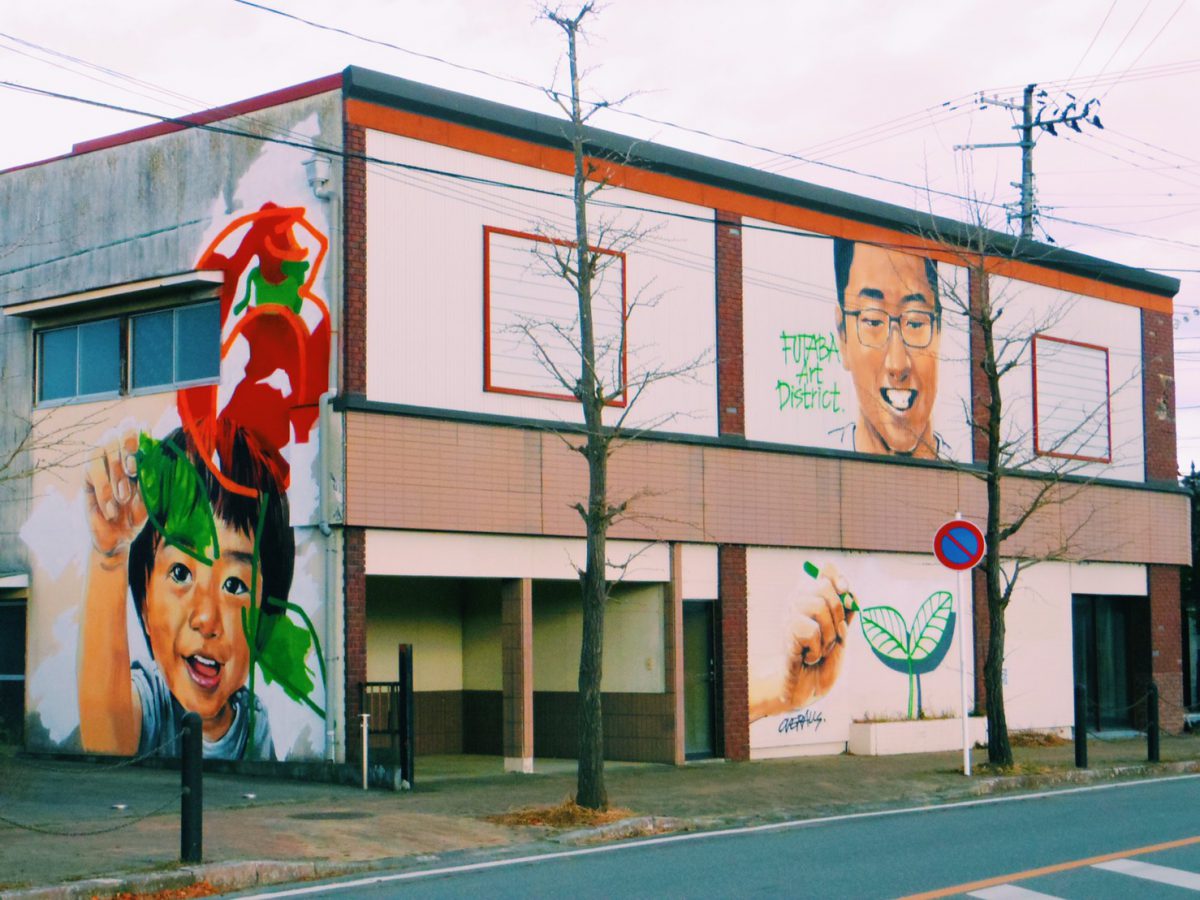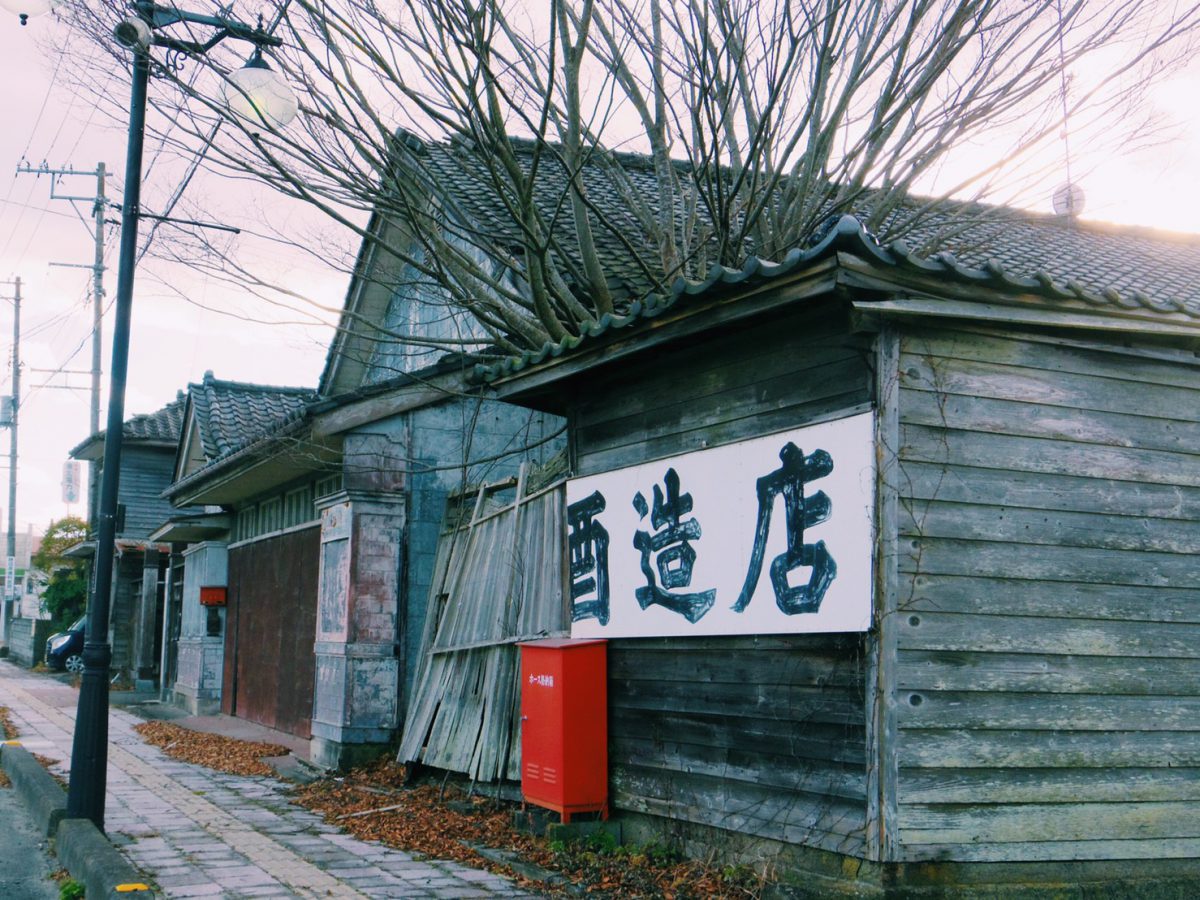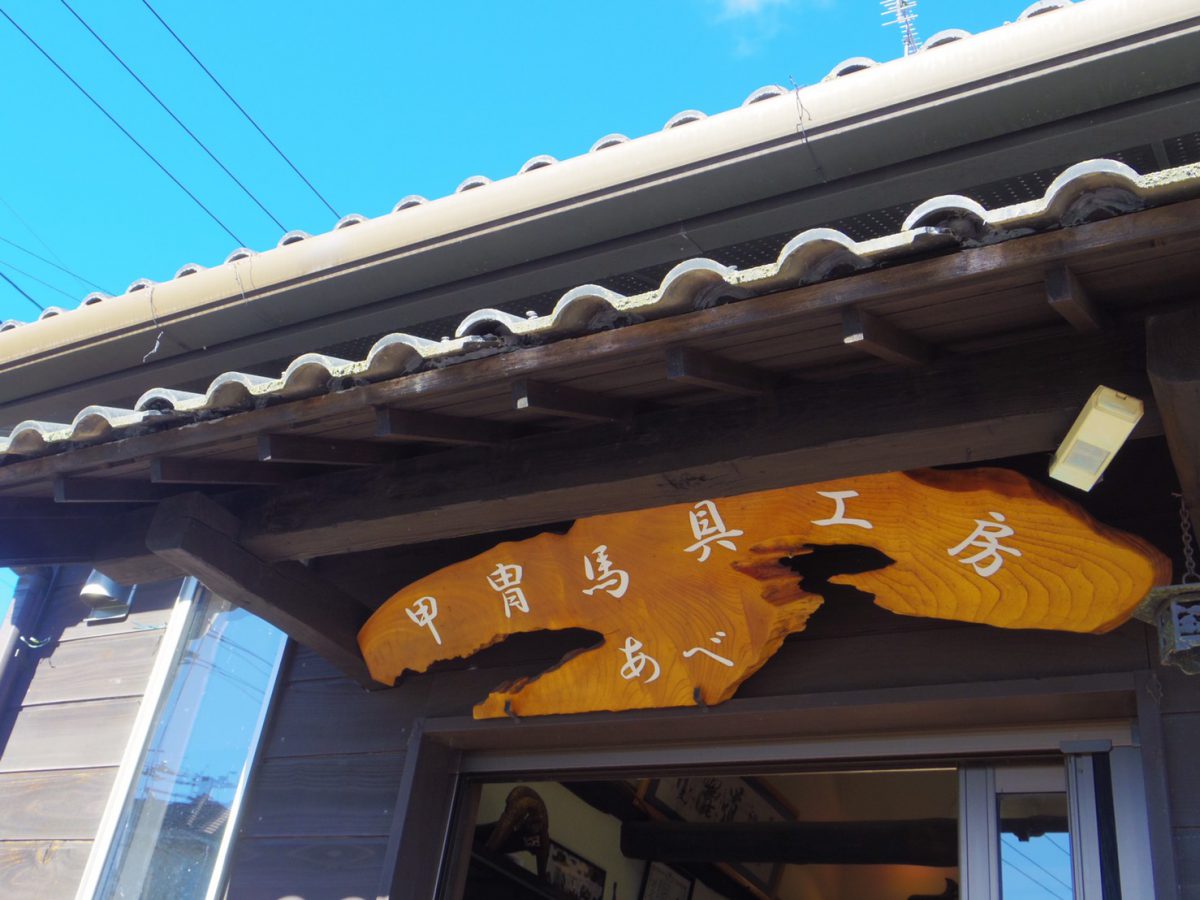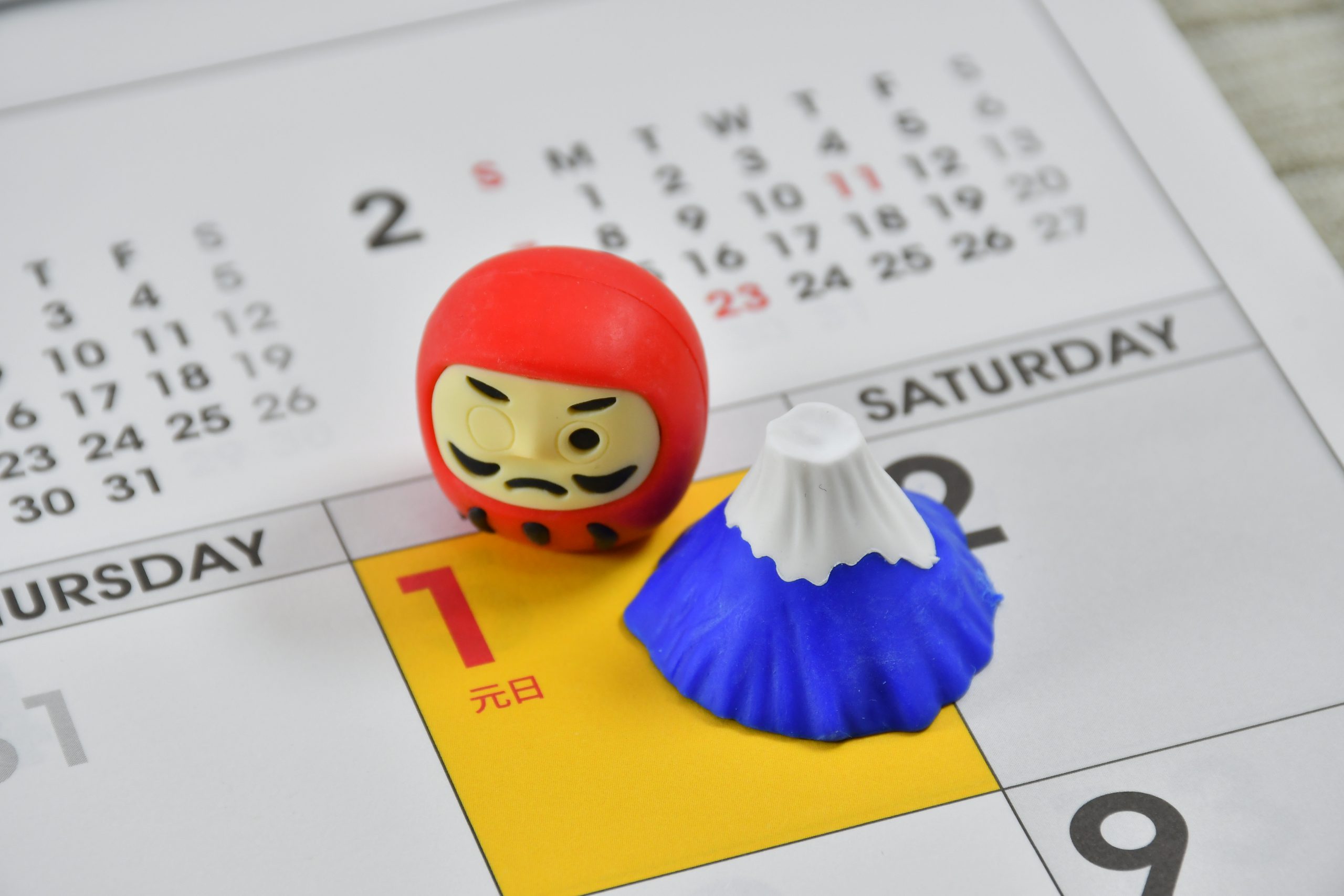It’s been almost 10 years since the tragic earthquake with a huge tsunami hit and nuclear accidents caused in Fukushima prefecture in March 2011. There are still some places that people can’t come back to their home due to the high radiation level. But there are also people moving forward step by step to revitalize their hometown passionately after the evacuation order has lifted.
Learning the current situation in Fukushima and getting proper understanding about the accident are the first steps we can do to enliven the disaster area in Fukushima.
In this article, we will introduce the coastal area of Fukushima called Hamadori with its attractions. This area has beautiful traditions with a long history and locals have been putting an effort to keep them even after the disaster.
*These places we will introduce below are safe areas to visit in terms of the radiation levels (almost same as Tokyo).
- 1. Hattachi Coast
- 2. TEPCO Decommissioning Archive Center
- 3. Hamadori Ramen
- 4. FUTABA Art District
- 5. Shohatsu Shrine
- 6. Futaba Walking Tour
- 7. The Great East Japan Earthquake and Nuclear Disaster Memorial Museum
- 8. Michi no Eki Namie
- 9. Ukedo Elementary School
- 10. J-Village
- 11. Soma Ota Shrine
- 12. Samurai Armor Shop Abe
- 13. Traditional lunch box at Raffine
- 14. Kido Co-minka
- 15. Iwaki Takahashi
- The best tours in Fukushima disaster area
- Other articles about Fukushima
1. Hattachi Coast
Hattachi Coast is a beautiful coast in Iwaki City where you can see the vermilion bridge across the small island called Benten Island. It is a popular spot to see Hatsuhinode, the first sunrise of the year on New Year’s Day. This area was engulfed by tsunami in 2011 but the torii gate on the island is known to remain undamaged after the tsunami. However, unfortunately it was destroyed by the typhoon in 2015 and was rebuilt in the following year.

2. TEPCO Decommissioning Archive Center
If you are wondering why the accidents at Fukushima Daiichi Nuclear Power Plant happened and what they are doing for the decommissioning work today, you can visit here to learn. A staff will explain about the exhibitions and answer your questions while walking together at the archive center. Here is the good place to gain a proper understanding of the accidents. Since its opening in 2018, they have welcomed many visitors to carry out their responsibilities to explain and pass the regrettable lesson on to the future generations.

3. Hamadori Ramen
Right across the TEPCO Decommissioning Archive Center, there is a shopping complex called Sakura Mall Tomioka. It has been playing an important role to support the local community to get back to their daily life after the evacuation order was lifted.
Try Hamadori Ramen, which is a chicken ramen with chicken and fish based broth. It’s a delicious new local specialty in the area!

4. FUTABA Art District
FUTABA Art District is an art project started by OVER ALLs to revitalize the area. In Futaba Town, the evacuation order was partly lifted in March and this project has launched to help locals to restore the area along the way. As of December 2020, there are three arts near Futaba Station you can enjoy. These arts lead you to the beloved local stories of the town.


5. Shohatsu Shrine
This shrine has kept 400 years of history and tradition, and has been loved by locals.
They rebuilt the shrine from the donation on crowdfunding in 2019. This shrine stands for the emotional support for the locals and it will become a symbol of the revitalization when the town opens fully and allows people to come back and live in the area in the future.

6. Futaba Walking Tour
There is no better way than listening to the actual stories told by people who experienced the disaster. The walking tour in Futaba Town hosted by a local guide made a start this year. Hearing the personal stories on that day, before and after the disaster makes you think of what people had to get through in the last 10 years.
Book Futaba Walking Tour


There used to be many lively events such as sports events and festivals in the town until the nuclear accidents happened and everyone had to evacuate with no time to bring anything from home. Daruma-Ichi is the biggest traditional event in Futaba Town. The north side and the south side of the town compete at the main event where people tug at a big Daruma to win. Also there is a Daruma Mikoshi, and people carry Daruma around the town to pray for the business prosperity.
Daruma-Ichi is currently held in Iwaki City by an effort of locals, though people who used to live in Futaba Town were separated after the disaster.

Futaba Town has traditions and histories to tell. People used to live there with pride before the disaster happened. Still, there are many people who love Futaba Town and eagerly wait to come back. During the walking tour, you will know how they lived, the community they had, and imagine the future of this town through the conversation with a local loving guide.
7. The Great East Japan Earthquake and Nuclear Disaster Memorial Museum
This memorial museum opened in September 2020 to pass the lesson from the earthquake and the nuclear accidents on to the next generations. It helps people who haven’t experienced the earthquake to learn what happened and what we can do to prevent the damage from any future disaster.


8. Michi no Eki Namie
When you want to get some souvenirs from Fukushima, Michi no Eki Namie is the best place for you. From the Sake bottles to local sweets, fruits and vegetables, all kinds of specialties of the area are available. You can see some cute gifts featuring a local mascot character of Namie, Ukedon at the store too!


9. Ukedo Elementary School
Only 300 meters away from the coast, there were 82 students at school when the earthquake hit the area. Everyone safely evacuated before the huge tsunami engulfed the school building where the water flooded up to the first floor of the ceiling. The town decided to open the school to the public as a remnant of the disaster next year.
You can visit here with the Futaba Cycling Tour with a local guide.

10. J-Village
If you are a big fan of football, J-Village is the best place to stay. It has the best natural grass pitches for the sport players and many athletes come here for training. For the hotel stay, you can enjoy your stay at the relaxing room and the fine-view bath on the 8th floor.
Also a vegetarian menu is available for dinner and breakfast on your request.


11. Soma Ota Shrine
Nomaoi is the Shinto ritual which has over 1,000 years of history held in Minami Soma City. One of the main events is a horse riding race wearing Samurai armors and 400-500 horses gather in one place at the festival. This shrine is one of the three shrines where a group of people depart for the ritual. They wear samurai outfits and boost the morale of the team, which makes you feel like traveling back time. You can find many details with horses at the shrine, so it’s also fun to spot the unique motifs there!


12. Samurai Armor Shop Abe
There are only a few samurai armor shops left in Japan. The armor shop Abe makes and does the maintenance for armors and harnesses which mainly used for Nomaoi and other rituals. You can also try on the Samurai armor there too. If you are interested in Japanese history and tradition, you will love this place full of real armors and swords!

The armorer Abe-san wished to welcome more people from outside to make people’s second home in Minami Soma City. Not only during the festival, but he hopes to make the countryside home for anyone anytime and gives the experience people can’t get in the urban area.
Abe-san himself is a leader of the area at Nomaoi. He has been making an effort to carry on the tradition and culture of Nomaoi and Samurai armors from one generation to the next.


13. Traditional lunch box at Raffine
Hotel Raffine started off as a lunch box restaurant about 160 years ago. Currently they recreated the original lunch box design from that time. If you want to get these traditional lunch boxes, a reservation beforehand will be required.


14. Kido Co-minka
It renovated a 70 years old house aiming to make a place to connect local people and supporters in 2016. You can stay at the house and join the event such as cooking class and walking tour. Through the experience and interaction with locals, you will get a sense of why local people love this area!

15. Iwaki Takahashi
Visit Iwaki Takahashi who makes chopsticks in a sustainable way using local woods with no waste. Their office is located at the old school building and contributes to the local community hosting some events. Their unique design and high quality wooden products got many awards. Their contribution to protect craftsmanship and traditional forestry is highly evaluated.
They also host workshops to brand the chopsticks for your own and make your original pencils there. The company started their business right before the disaster happened, and the stories that they overcame the difficulties are encouraging and what they have done so far is very impressive.


The best tours in Fukushima disaster area
Here are the best tours to learn about the Fukushima disaster area.
- Fukushima walking tour by Yamane-san
- Fukushima cycling your by Yamane-san
- Fukushima Daiichi Nuclear Power Plant Visit
You can’t truly understand unless you actually experience it. If you want to see the current situation in the disaster area in Fukushima with your own eyes, we can assist your trip with a local guide. Please contact us if you are interested.
Follow us on Instagram or Facebook for more travel inspiration. Or tag us to get featured!
Happy travelling!
Stay informed of the best travel tips to Japan, the most exciting things to do and see, and the top experiences to have with the Japan Wonder Travel Newsletter. Every week we will introduce you to our latest content.
Other articles about Fukushima





